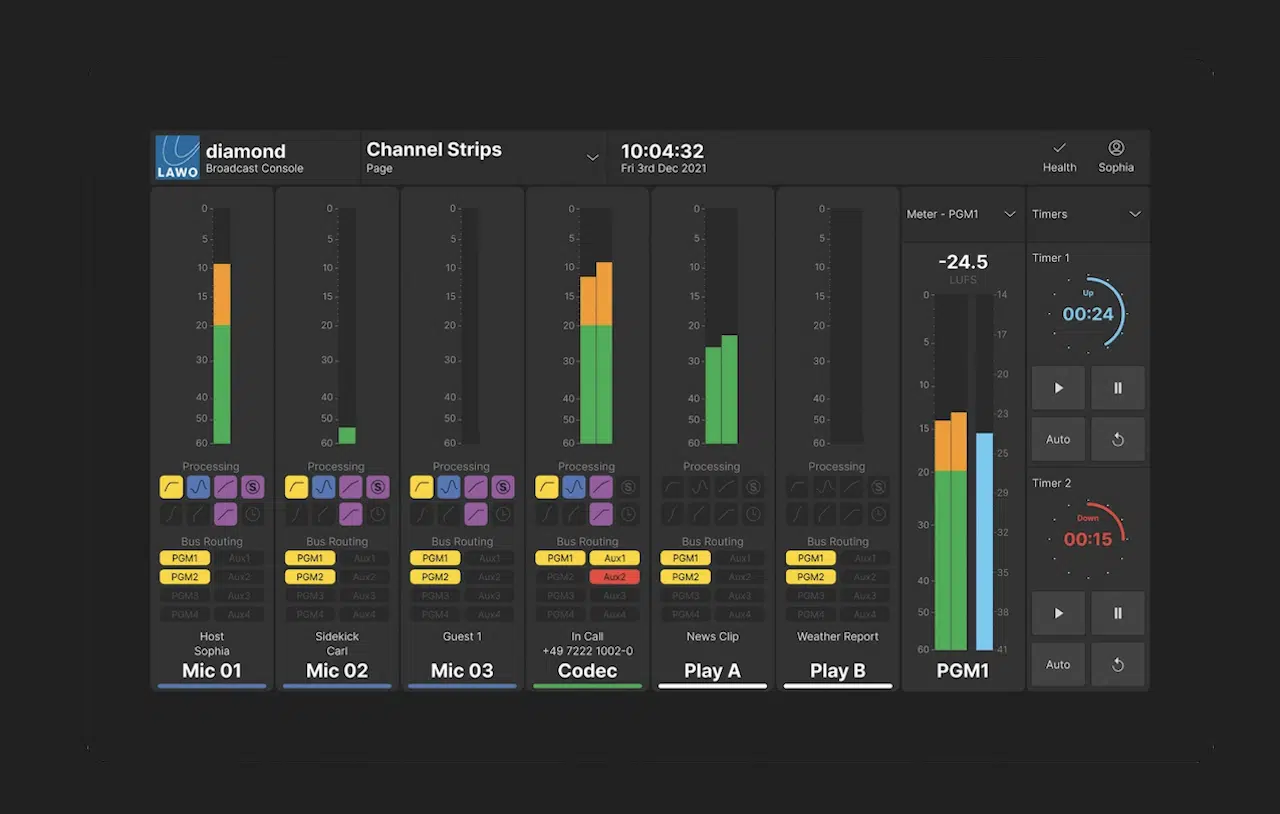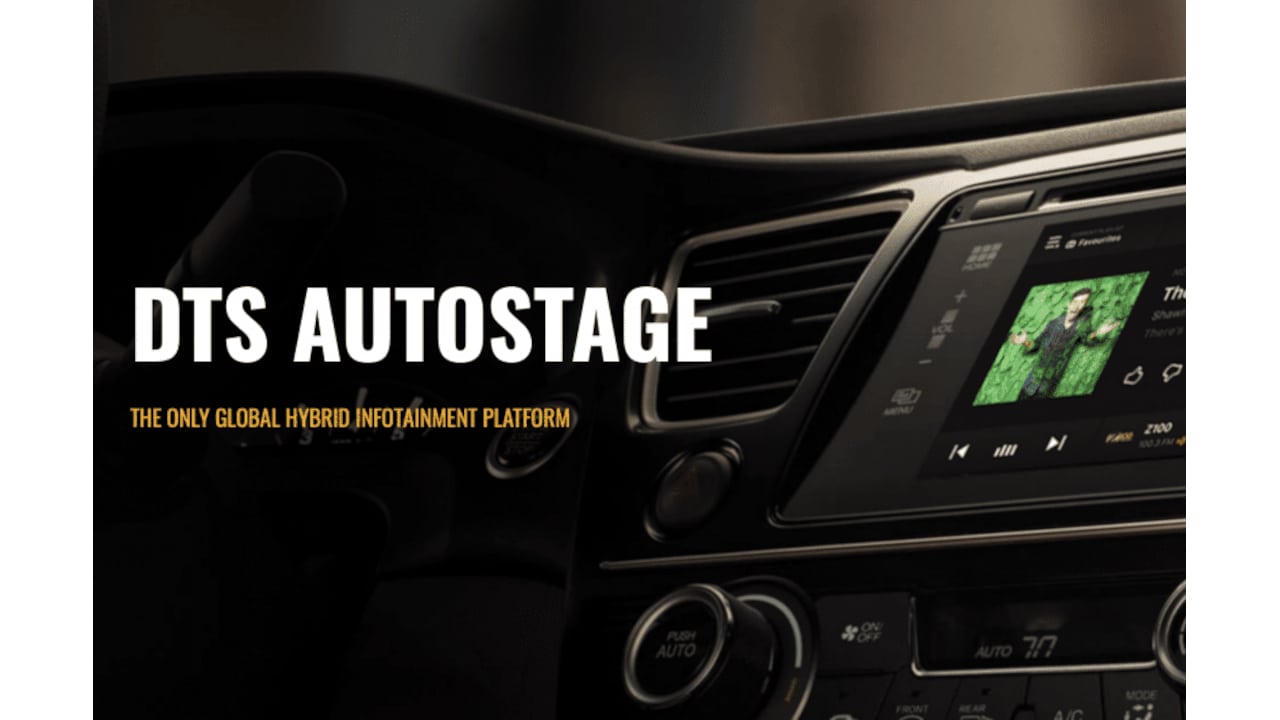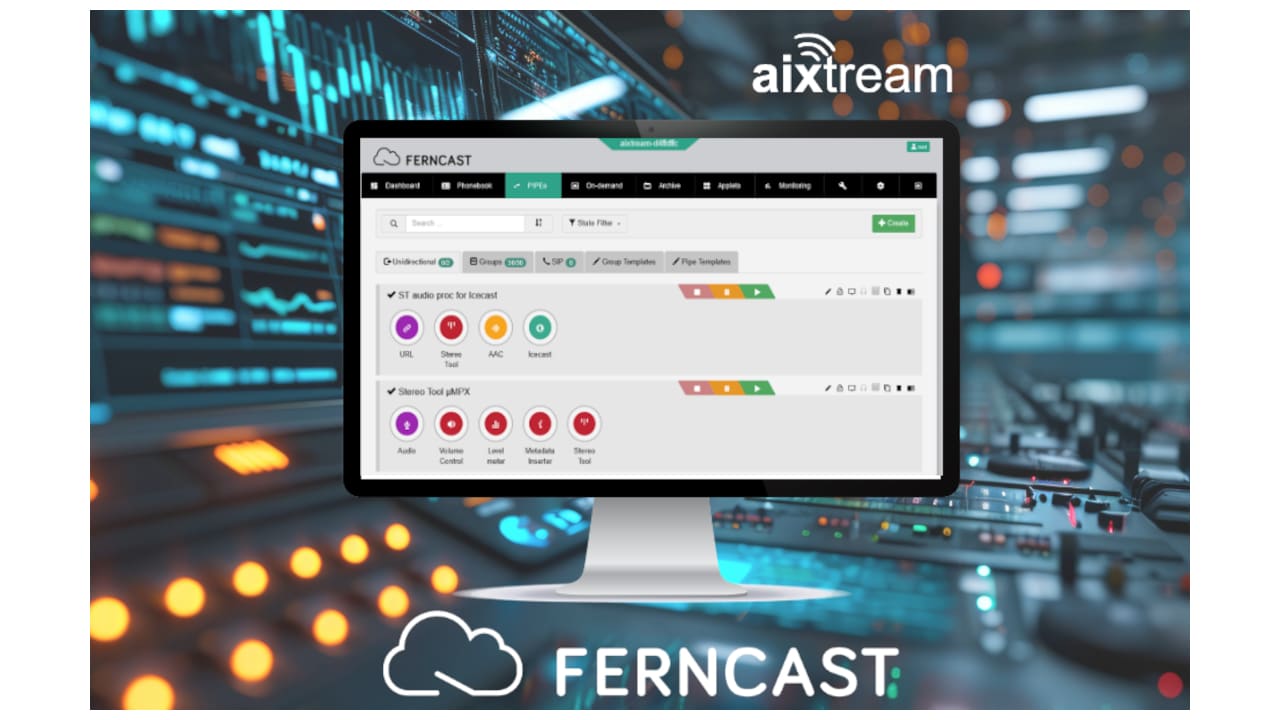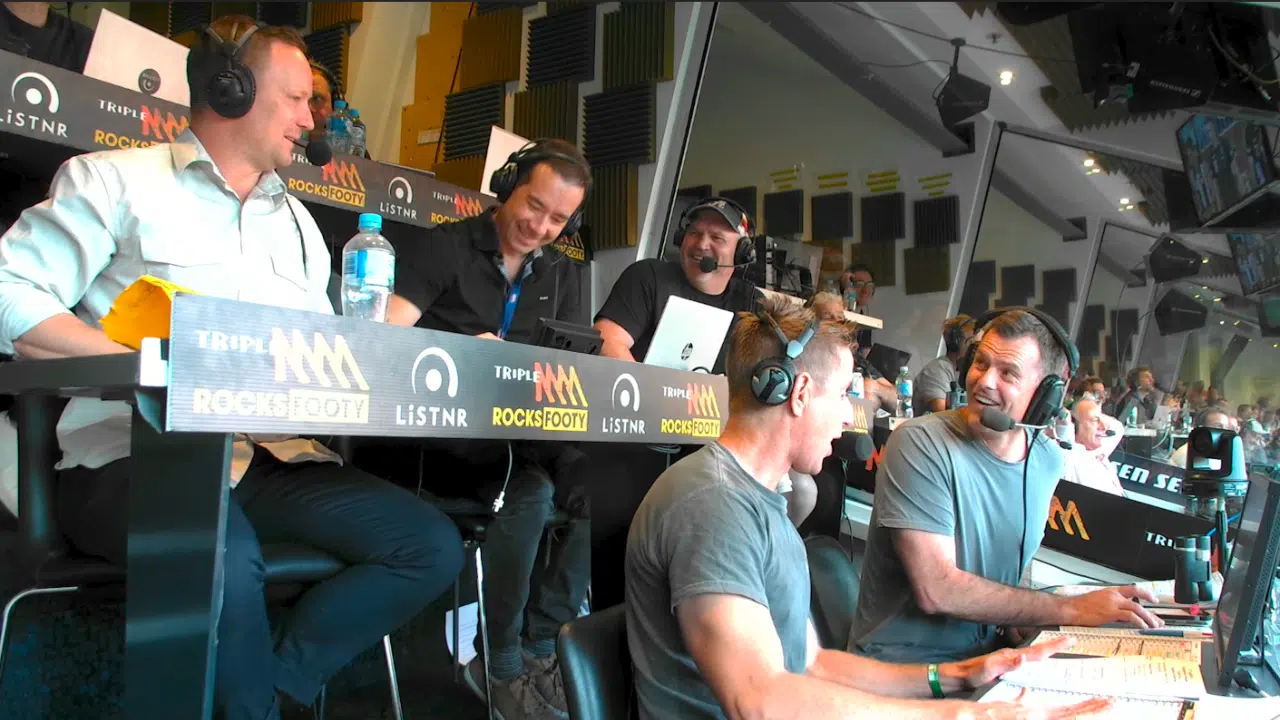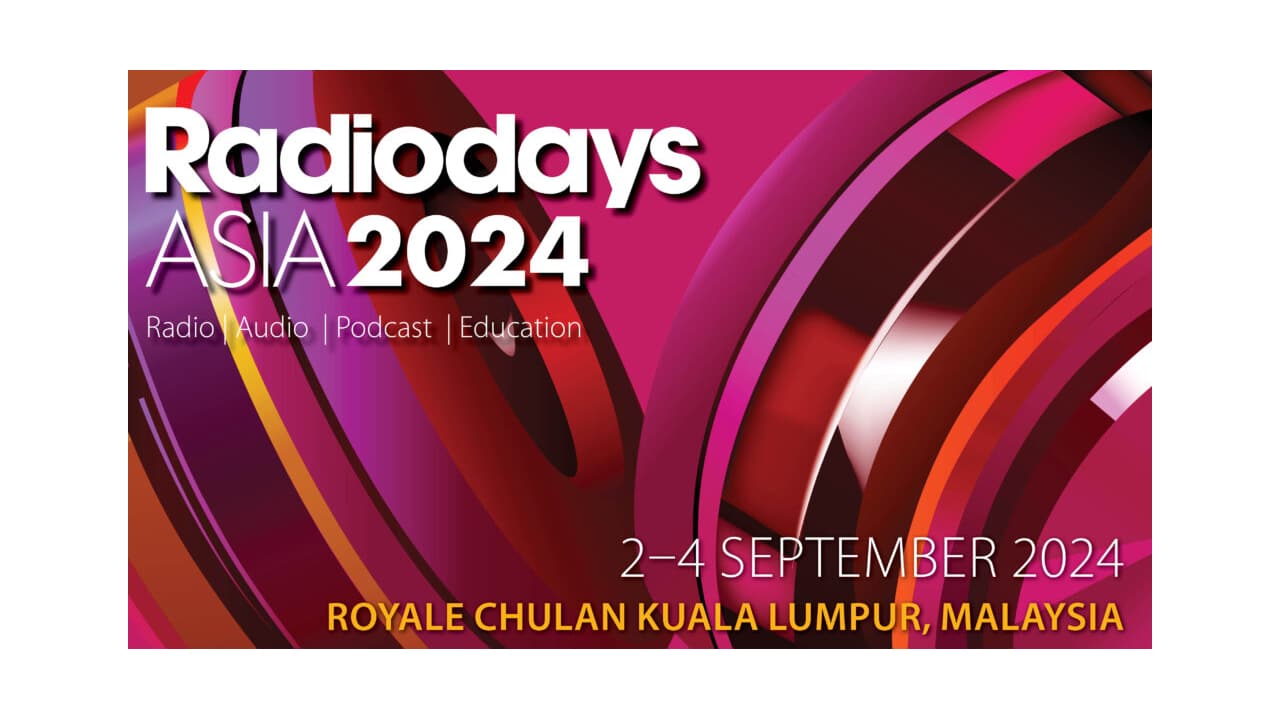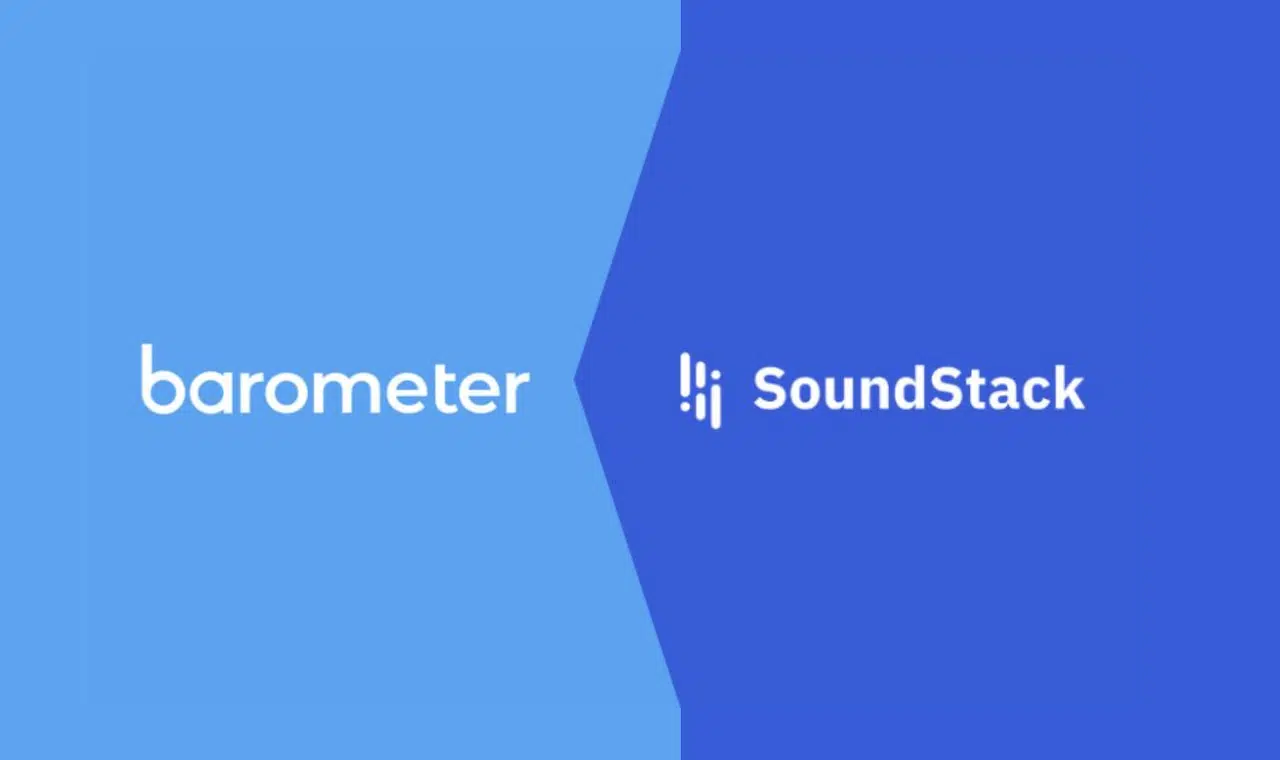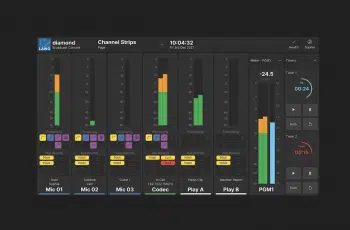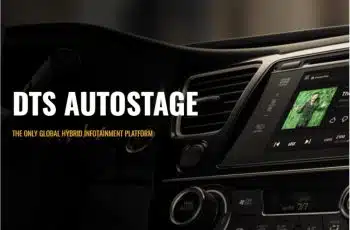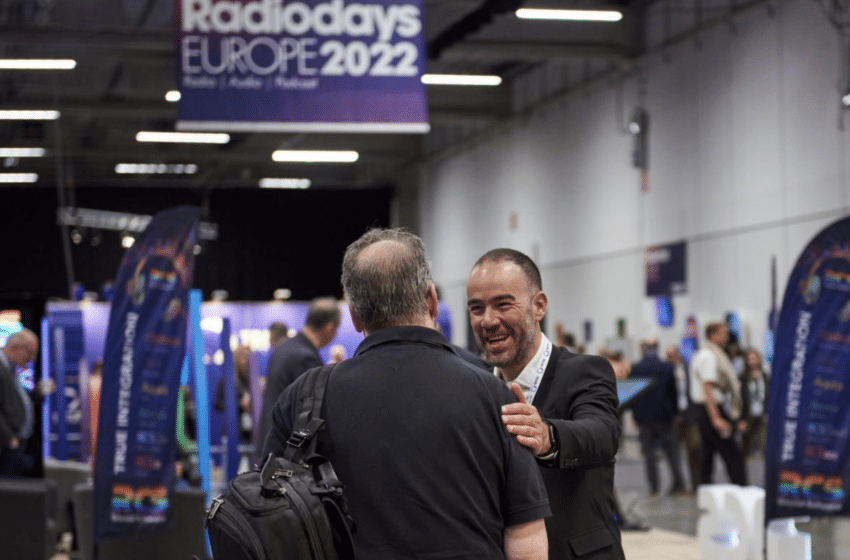
For anyone at Radiodays Europe 2022, the event delivered so much on so many fronts. For those, like us, with their eyes on the future and the opportunities tech provides, the event was awash with great stories and ideas.
Here are just some of the many things we picked up.
Data was a significant focus, and understandably so. It is at the very heart of future radio. AI, previously the preserve of major corporations, is now easily on hand to help stations make their content easier to find, access and understand. As media consumers skip and jump across platforms and channels, AI is critical in keeping stations connected to them.
Stations don’t need an app – they need multiple apps, each with a different offering but the same goal: keeping the listener close to the brand. You want your listener to access your podcasts and shows through your app, not Spotify. Stable audio streaming is critical, and the apps must be interactive – think polls and other ways to collect data on what the listener wants and how they think. And make content easy to share.
Using data is key in segmenting media consumers. Forget the one-size-fits-all approach to reaching consumers. In apps, for example, older consumers want more news and information, and younger people prioritize podcasts. And whereas metadata may be important to help rank podcasts, few things beat a clear and compelling description of what’s in a podcast to get consumers to hit ‘play.’
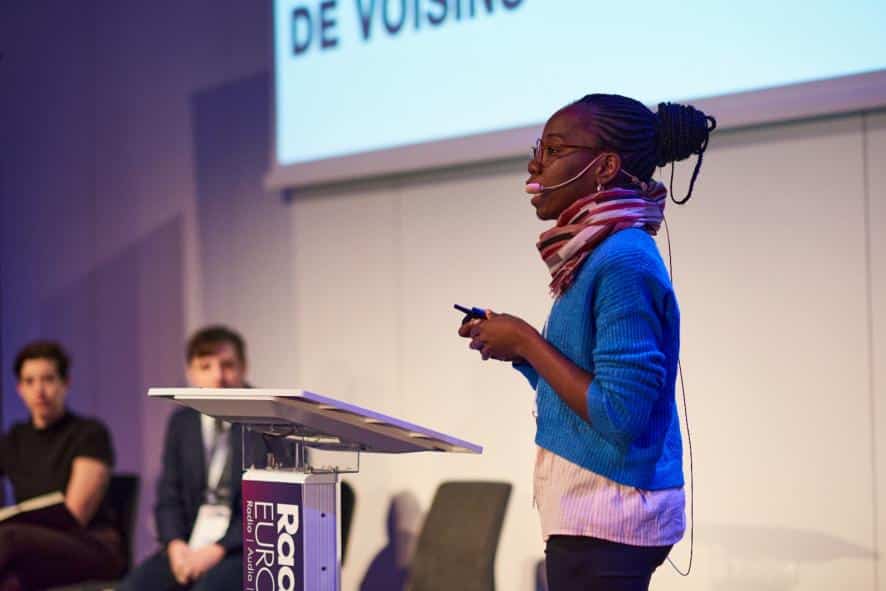
Grant Blackley, CEO of Southern Cross Austereo and chair of Commercial Radio Australia, summarized one of radio’s biggest challenges thus: How can radio stations make content more accessible to listeners? Listeners are not receivers of audio content; they actively search for it. With the launch of Listnr, SCA pivoted to a digital-first stance by moving means of broadcast to the cloud and using data and analytics to make strategic decisions and provide media consumers an easy way to search for content and keep them within the group’s brand space.
Speaking of ‘space,’ engaging with listeners on social media is now expected of stations, especially those targeting the youth market. Twitter’s Spaces is an example of such a platform. It’s like a call-in radio format with multiple callers; plus, a great way to generate new program ideas.
Think digital, and then think digital again. Think digital in everything you do, especially if you do commercial radio. Digital offers opportunities not only in interactivity but also in advertising. Digital radio in cars and voice-assistant audio products are the new frontiers for advertisers. The 30-second radio ad squashed into blocks between music sweeps is now quaint and increasingly ineffective. Multiple income streams are vital to a station’s financial security.
Finally, while content may be king, it doesn’t help if media consumers can’t find it. Archiving content may not seem exciting, but not doing it or doing it incorrectly is as good as burying it. Remember: not all tech needs to be sparkly to have value.
Here’s looking forward to Radiodays Europe 2023 in Prague!



